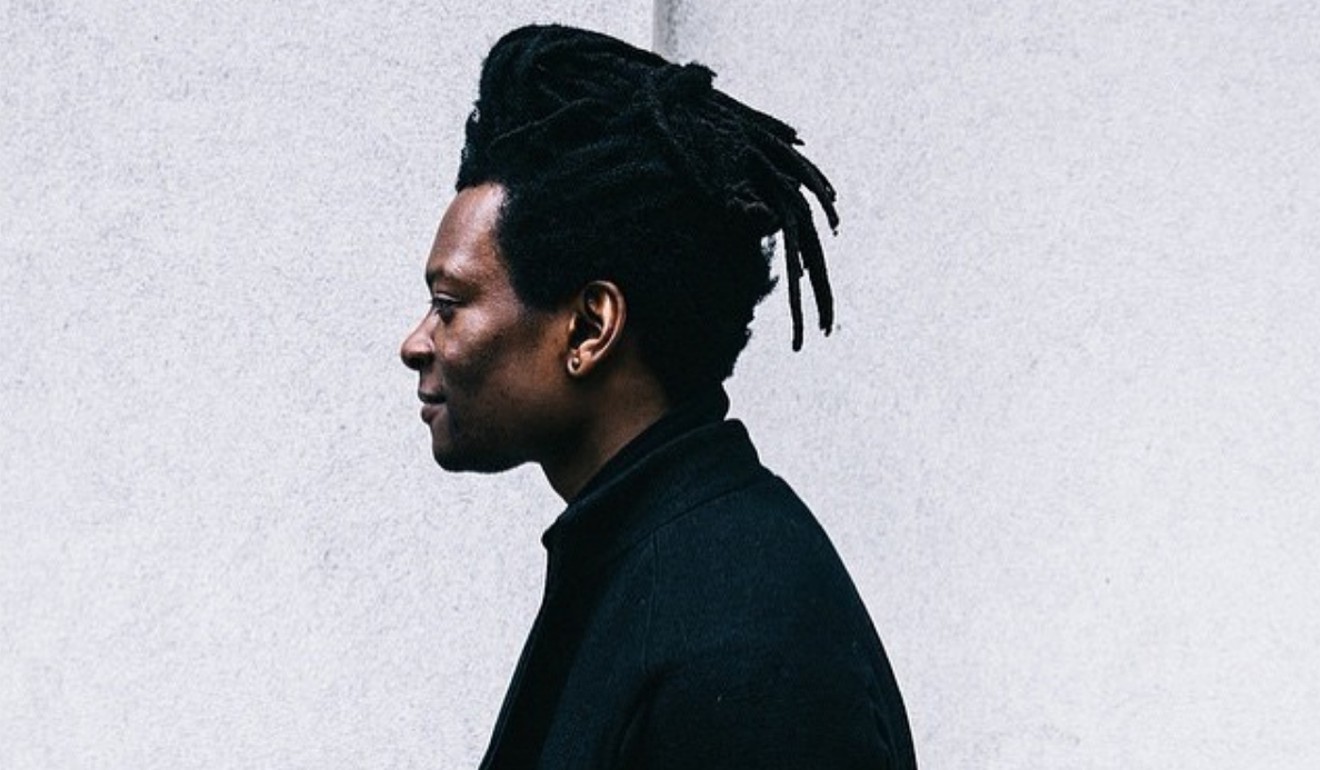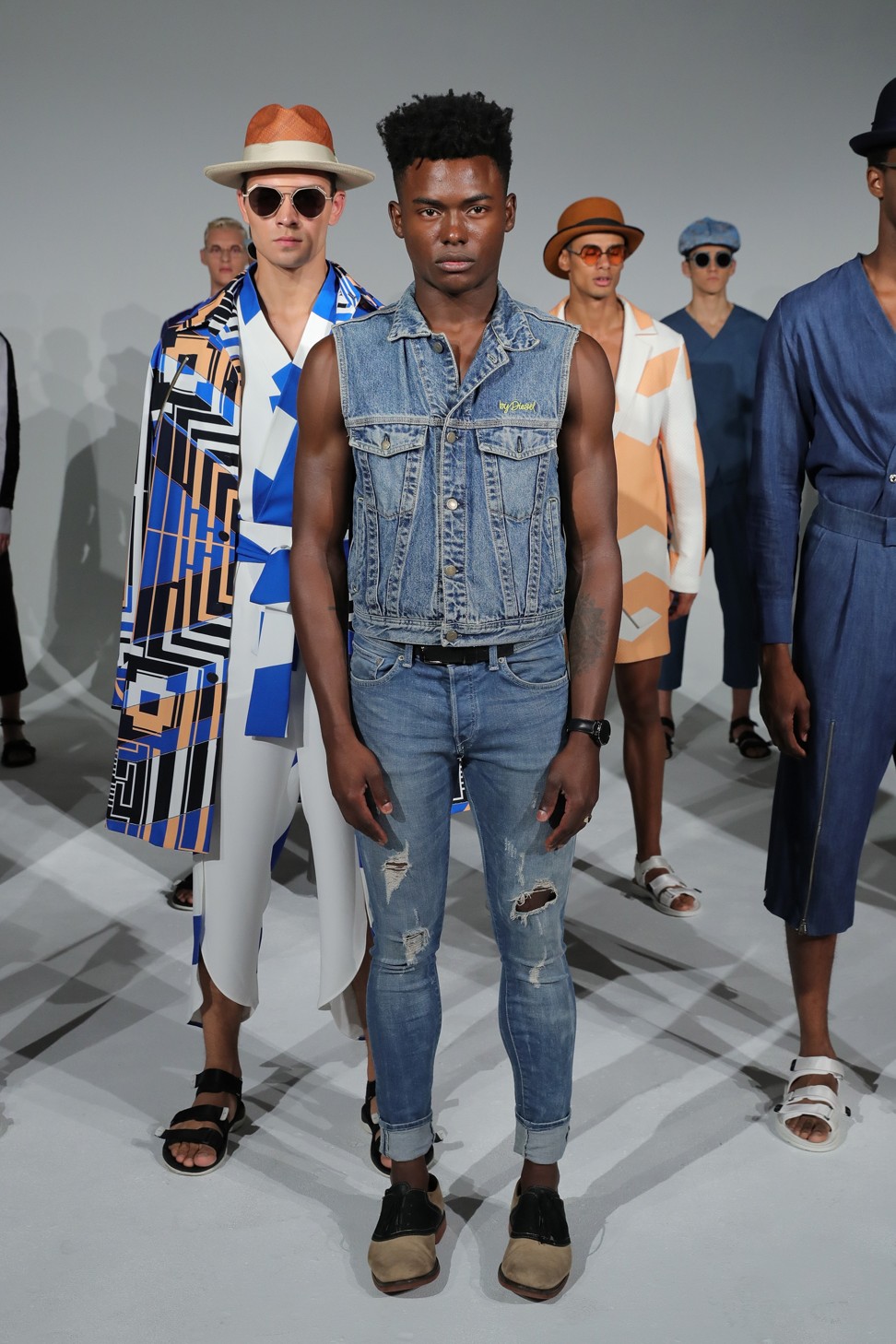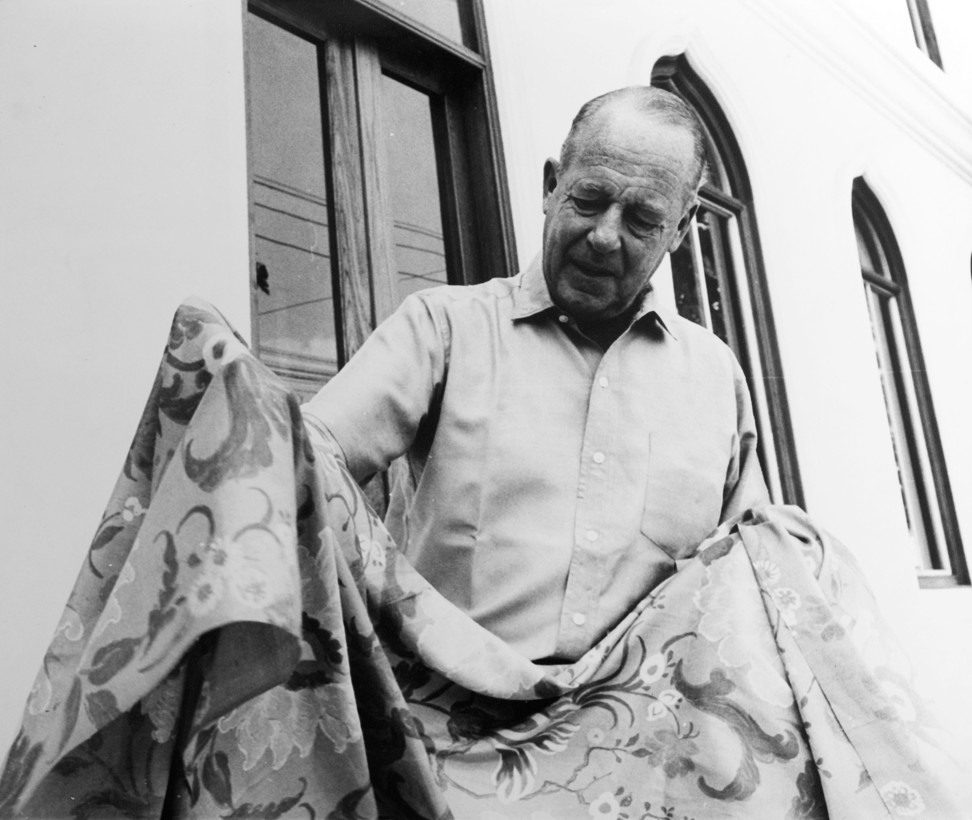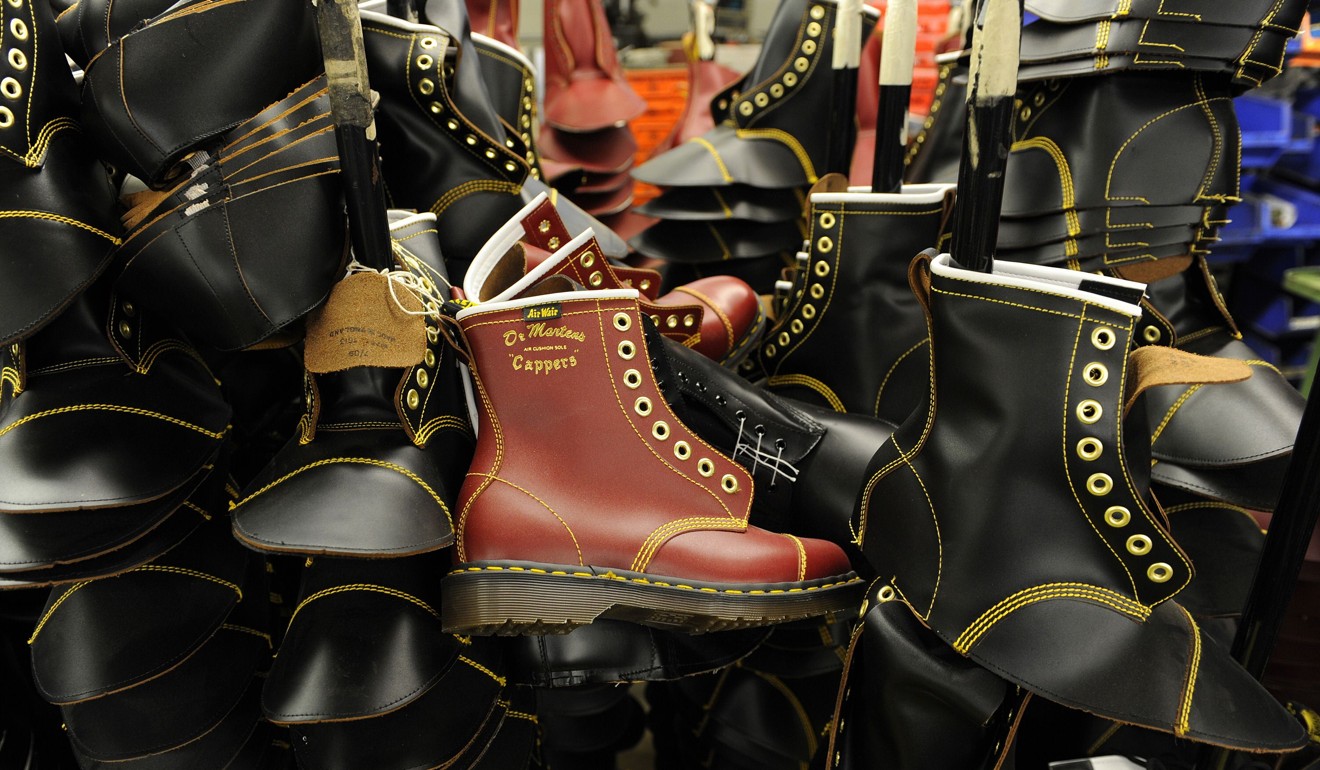
Ex-servicemen do battle in an unlikely arena: fashion
Since the Earl of Cardigan invented the garment named after him, army veterans have influenced fashion. Meet the modern-day designers who have slipped out of their fatigues – and the US army veterans selling a spice

Despite its soft image, fashion has close army ties going far beyond khaki.
The classic case is Jim Thompson, the retired American army officer who vanished 50 years ago after reviving Thailand’s silk sector.
Today there are many more examples – not least Bob Beveridge, the boss of the pioneering start-up Hospital Glamour.
“I was with all the boys, in all the macho stuff,” says the retired Australian sergeant.
The he-man’s glamour gown mission stems from an accident that his wife had, which showed normal hospital gowns’ many failings, not least that they expose your backside.
“We sat down and we thought there’s got to be something we can do with these things to make them better,” says Beveridge.
At first he could not even sew on a button. So the old soldier enrolled on a design course attended by young women designing bikinis, who gawked at his efforts to sew six bits of cloth together, but he persevered.

According to Rosborough, Abasi is responsible and reliable. The former Apache helicopter missile technician apparently retains an air of military discipline. His suits are designed to make men look heroic.

Woodhouse is better at achieving his dreams than most, because his military brain figures out the logistics.
Other veterans committed to following their dreams diversify into exclusive products including premium coffee and spice. Operated by a team of Afghanistan veterans, Rumi Spice offers one of the world’s most expensive products: saffron.
Rumi Spice touts the spice as an economic alternative to growing poppies for opium – a source of income for the Taliban. The money that it raises is channelled into infrastructure.
“We are laying a foundation for peace, one saffron flower at a time,” says the company, which also sells saffron confectionery called “gems”.

Besides rugged flip-flops, the fashion house makes tank tops, T-shirts, sarongs, bangles, and “karma cups” in areas dogged by conflict. Combat Flip Flops chief executive Matthew Griffin says the biggest challenges are funding and insurance.
“Nobody wants to put their money in the middle of a war zone, and it’s a no-go for insurance companies. We rely on our customers to fund our initiatives through sales and take the risk on inventory,” says the West Point graduate.
The military has a long association with fashion that seemed radical in its day. The cardigan owes its existence to a 19th-century British general: the seventh Earl of Cardigan.
During the Battle of Balaclava in the Crimean war, Cardigan led his brigade to destruction in Russia but survived. On returning to London, he was honoured, and the knitted waistcoat that he wore caught on.
Another classic fashion item, Dr Martens, stems from the ingenuity of the second world war German doctor Klaus Martens. Martens’ inspiration for DMs came when he saw that the military shoes he wore were aggravating a foot injury he had sustained. So Martens created a new, rugged yet soft boot featuring special cushioned soles.

The most telling modern nod to the army must be the name of the American apparel maker Under Armour.
Either way, military fashion’s vitality shows that, despite their macho image, there is more to soldiers than blowing things up. According to Abasi, the army is a big tent that contains multitudes: mechanics, singers, artists and – evidently – future fashion moguls too.